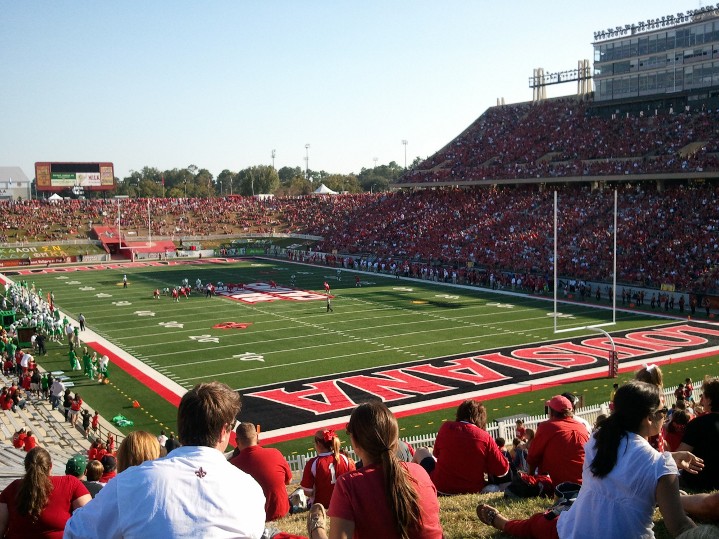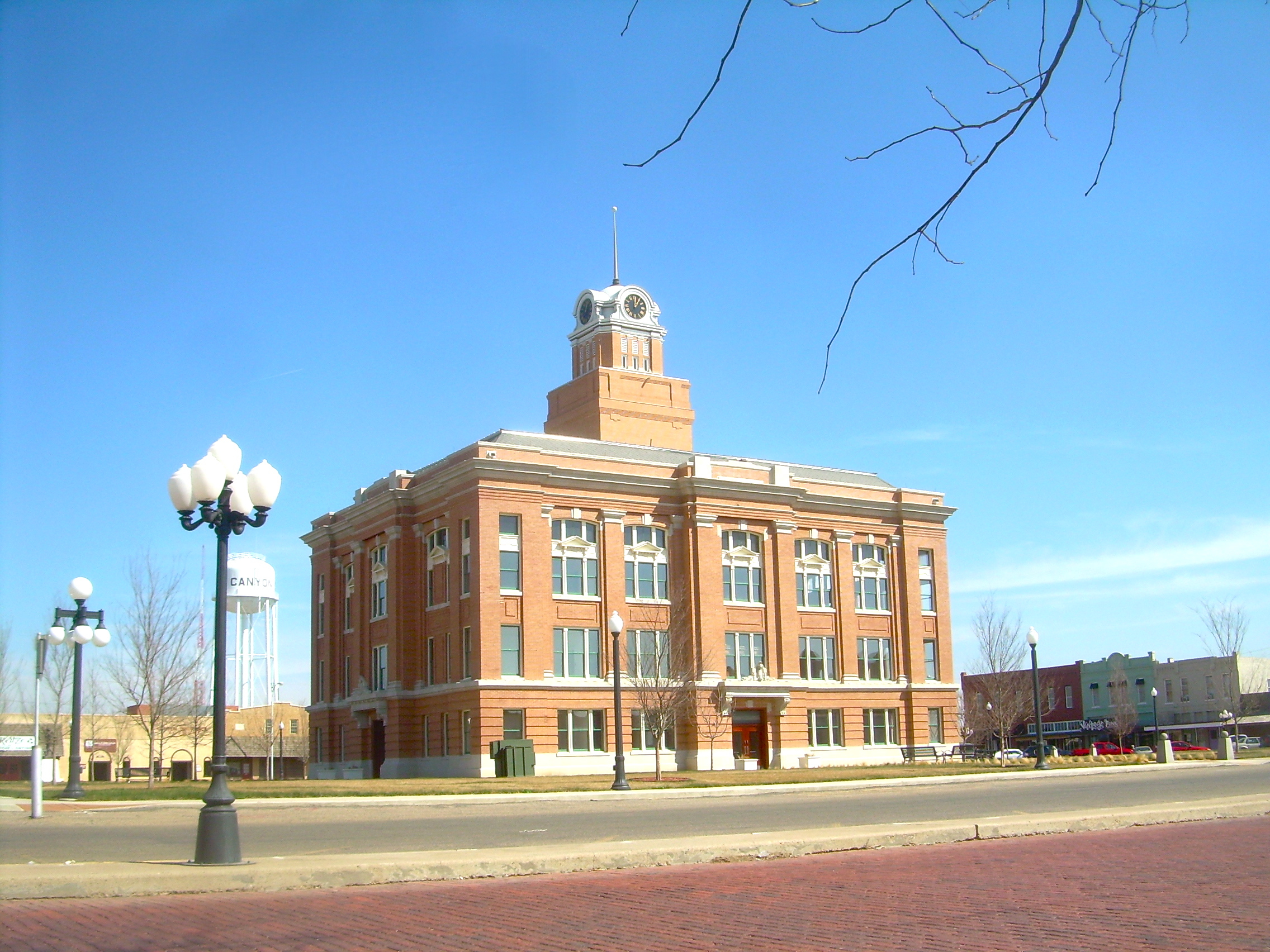|
1976 Northeast Louisiana Indians Football Team
{{collegefootball-1970s-season-stub ...
The 1976 Northeast Louisiana Indians football team was an American football team that represented Northeast Louisiana University (now known as the University of Louisiana at Monroe) as an independent during the 1976 NCAA Division I football season. In their first year under head coach John David Crow, the team compiled a 2–9 record. Schedule References Northeast Louisiana Louisiana–Monroe Warhawks football seasons Northeast Louisiana Indians football The points of the compass are a set of horizontal, Radius, radially arrayed compass directions (or Azimuth#In navigation, azimuths) used in navigation and cartography. A compass rose is primarily composed of four cardinal directions—north, east ... [...More Info...] [...Related Items...] OR: [Wikipedia] [Google] [Baidu] |
John David Crow
John David Crow Sr. (July 8, 1935 – June 17, 2015) was an American football player, coach, and college athletics administrator. He won the Heisman Trophy in 1957 as a halfback for the Texas A&M Aggies. After college, he played professional football in the National Football League (NFL) for the Chicago / St. Louis Cardinals and the San Francisco 49ers from 1958 to 1968. After his playing career, Crow became an assistant football coach for the Alabama Crimson Tide football team of the University of Alabama, serving under coach Bear Bryant from 1969 to 1971. He moved to the NFL as an assistant with the Cleveland Browns in 1972, and then the San Diego Chargers in 1974. In December 1975, Crow was hired as head football coach and athletic director at Northeast Louisiana University—now the University of Louisiana at Monroe. He coached the football team for five seasons, from 1976 to 1980, compiling a record of 20–34–1. He remained as athletic director until 1981. Crow re ... [...More Info...] [...Related Items...] OR: [Wikipedia] [Google] [Baidu] |
Cardinal Stadium (1956)
Cardinal Stadium was a multi-purpose stadium in Louisville, Kentucky. It was on the grounds of the Kentucky Exposition Center, and was called Fairgrounds Stadium when it first opened for an NFL exhibition football game between the Baltimore Colts and Philadelphia Eagles on September 9, 1956. It was demolished in 2019. History The lone Bluegrass Bowl was held here in 1958. Cardinal Stadium was home to the Louisville Raiders football team from 1960 through 1962. It was the home to two minor league baseball teams in Louisville: the Louisville Colonels in 1957-1962 and again in 1968–1972 and the Louisville Redbirds in 1982–1999. It was to be the home of the American League Kansas City Athletics when their owner Charlie Finley signed a contract to move the team to Louisville in 1964, but the American League owners voted against the move. The Kentucky Trackers of the AFA played at Cardinal Stadium 1979–1980. It also served as the home of the University of Louisville football t ... [...More Info...] [...Related Items...] OR: [Wikipedia] [Google] [Baidu] |
1976 NCAA Division I Independents Football Season
Events January * January 3 – The International Covenant on Economic, Social and Cultural Rights enters into force. * January 5 – The Pol Pot regime proclaims a new constitution for Democratic Kampuchea. * January 11 – The 1976 Philadelphia Flyers–Red Army game results in a 4–1 victory for the National Hockey League's Philadelphia Flyers over HC CSKA Moscow of the Soviet Union. * January 16 – The trial against jailed members of the Red Army Faction (the West German extreme-left militant Baader–Meinhof Group) begins in Stuttgart. * January 18 ** Full diplomatic relations are established between Bangladesh and Pakistan 5 years after the Bangladesh Liberation War. ** The Scottish Labour Party is formed as a breakaway from the UK-wide party. ** Super Bowl X in American football: The Pittsburgh Steelers defeat the Dallas Cowboys, 21–17, in Miami. * January 21 – First commercial Concorde flight, from London to Bahrain. * January 27 ** The United States ... [...More Info...] [...Related Items...] OR: [Wikipedia] [Google] [Baidu] |
Lafayette, Louisiana
Lafayette (, ) is a city in the U.S. state of Louisiana, and the most populous city and parish seat of Lafayette Parish, located along the Vermilion River. It is Louisiana's fourth largest incorporated municipality by population and the 234th-most populous in the United States, with a 2020 census population of 121,374; the consolidated city-parish's population was 241,753 in 2020. The Lafayette metropolitan area was Louisiana's third largest metropolitan statistical area with a population of 478,384 at the 2020 census. The Acadiana region containing Lafayette is the largest population and economic corridor between Houston, Texas and New Orleans. Originally established as Vermilionville in the 1820s and incorporated in 1836, Lafayette developed as an agricultural community until the introduction of retail and entertainment centers, and the discovery of oil in the area in the 1940s. Since the discovery of oil, the city and parish have had the highest number of workers in the o ... [...More Info...] [...Related Items...] OR: [Wikipedia] [Google] [Baidu] |
Cajun Field
Cajun Field is a football stadium located on the South Campus of the University of Louisiana at Lafayette in the city of Lafayette, Louisiana. Nicknamed The Swamp, it is the home field of Louisiana Ragin' Cajuns athletics. Cajun Field is primarily used for its American football team. Cajun Field has an official capacity of 41,426 with 2,577 chairback seats. It is currently the largest facility and football stadium in the Sun Belt Conference and the second largest college football stadium in Louisiana. History In planning since at least 1967 (when a rendition was featured on the football media guide), it was built in 1970 as a replacement for McNaspy Stadium, opening on September 25, 1971 with a shutout of Santa Clara University. The stadium consists of a bowl with seating on the sidelines, with a second deck on the west sideline. In one of the biggest games at the stadium, on September 14, 1996, 38,783 spectators saw the Cajuns upset 25th-ranked Texas A&M, 29–22, the first vi ... [...More Info...] [...Related Items...] OR: [Wikipedia] [Google] [Baidu] |
1976 Southwestern Louisiana Ragin' Cajuns Football Team
{{collegefootball-1970s-season-stub ...
The 1976 Southwestern Louisiana Ragin' Cajuns football team was an American football team that represented the University of Southwestern Louisiana (now known as the University of Louisiana at Lafayette) in the Southland Conference during the 1976 NCAA Division I football season. In their third year under head coach Augie Tammariello, the team compiled a 7–4 record. The Conference forfeited their victories over Fresno State and Cincinnati later in the season after they determined two ineligible players were on the Cajuns roster. Schedule References Southwestern Louisiana Louisiana Ragin' Cajuns football seasons Southwestern Louisiana Ragin' Cajuns football The Louisiana Ragin' Cajuns football program is a college football team that represents the University of Louisiana at Lafayette at the NCAA Division I Football Bowl Subdivision (FBS) level as a member of the Sun Belt Conference. Since 1971, the t ... [...More Info...] [...Related Items...] OR: [Wikipedia] [Google] [Baidu] |
Louisiana Tech–Louisiana–Monroe Football Rivalry
The Louisiana Tech–Louisiana–Monroe football rivalry is an American college football rivalry between the Louisiana Tech Bulldogs and the Louisiana–Monroe Warhawks (formerly the Northeast Louisiana Indians). The two schools are located 35 miles apart from each other on I-20 in North Louisiana. The two teams have met 43 times on the football field, with Louisiana Tech currently holding a 29–14 lead in the all-time series. The game was put on hiatus in 2000, following the Bulldogs' transition to the Western Athletic Conference, but future matchups have been scheduled. History The matchup began in 1953 as a conference game, following Northeast Louisiana State's move to the Gulf States Conference. After the Gulf States Conference dissolved at the end of the 1970 football season, Louisiana Tech joined the Southland Conference, while Northeast Louisiana remained a football independent school, and the yearly game continued as a non-conference matchup. The game once again became a ... [...More Info...] [...Related Items...] OR: [Wikipedia] [Google] [Baidu] |
1976 Louisiana Tech Bulldogs Football Team
{{collegefootball-1970s-season-stub ...
The 1976 Louisiana Tech Bulldogs football team was an American football team that represented Louisiana Tech University as a member of the Southland Conference during the 1976 NCAA Division I football season. In their tenth year under head coach Maxie Lambright, the team compiled a 6–5 record. Schedule References Louisiana Tech Louisiana Tech Bulldogs football seasons Louisiana Tech Bulldogs football The Louisiana Tech Bulldogs football team represent Louisiana Tech University in college football at the National Collegiate Athletic Association, NCAA NCAA Division I, Division I Football Bowl Subdivision (formerly Division I-A) level. After 12 ... [...More Info...] [...Related Items...] OR: [Wikipedia] [Google] [Baidu] |
Canyon, Texas
Canyon is a city in, and the county seat of, Randall County, Texas, United States. The population was 14,836 at the 2020 census. It is part of the Amarillo, Texas, metropolitan statistical area. Canyon is the home of West Texas A&M University and Panhandle–Plains Historical Museum, and the outdoor musical drama ''Texas''. History Canyon was founded by L.G. Conner. The JA Ranch is east of Canyon. An historic landmarked 47-foot tall statue of a cowboy, constructed in 1959, stands next to U.S. Route 60 in Canyon. Geography According to the United States Census Bureau, Canyon has a total area of , all land. The city itself lies in a valley that eventually becomes Palo Duro Canyon to the east. Climate Demographics 2020 census As of the 2020 United States census, there were 14,836 people, 5,189 households, and 3,444 families residing in the city. 2010 census At the 2010 census, 13,303 people, 5,185 households and 2,924 families resided in the city. The population densi ... [...More Info...] [...Related Items...] OR: [Wikipedia] [Google] [Baidu] |
Kimbrough Memorial Stadium
Happy State Bank Stadium, formerly known as Kimbrough Memorial Stadium, is a stadium in Canyon, Texas. It is owned by Canyon Independent School District and is primarily used for American football. It is the home stadium for Canyon High School and Randall High School of Canyon Independent School District, and is the former home of West Texas A&M University. The stadium holds 20,000 people and was built in 1959. It was originally called Buffalo Bowl on Canyon Hill but was renamed Kimbrough Memorial Stadium in 1971 in honor of the late West Texas State University football coach and athletic director Frank Kimbrough. Starting in the 2020 season, the stadium is going to be renamed Happy State Bank Stadium, but Frank Kimbrough will still have a place at the old West Texas A&M home stadium: "Canyon ISD plans to honor the late former West Texas A&M athletic director and head football coach Frank Kimbrough, whose name stood on the stadium since 1971 with a memorial grove area at the front ... [...More Info...] [...Related Items...] OR: [Wikipedia] [Google] [Baidu] |
Hammond, Louisiana
Hammond is the largest city in Tangipahoa Parish, Louisiana, United States, located east of Baton Rouge and northwest of New Orleans. Its population was 20,019 in the 2010 U.S. census, and 21,359 at the 2020 population estimates program. Hammond is home to Southeastern Louisiana University, is the principal city of the Hammond metropolitan statistical area, which includes all of Tangipahoa Parish and is a part of the New Orleans-Metairie-Hammond combined statistical area. History 19th century The city is named for Peter Hammond (1798–1870), the surname anglicized from Peter av Hammerdal (Peter of Hammerdal) — a Swedish immigrant who first settled the area around 1818. Peter, a sailor, had been briefly imprisoned by the British at Dartmoor Prison during the Napoleonic Wars. He escaped during a prison riot, made his way back to sea, and later on arrived in New Orleans. Hammond used his savings to buy then-inexpensive land northwest of Lake Pontchartrain. There, he starte ... [...More Info...] [...Related Items...] OR: [Wikipedia] [Google] [Baidu] |


.jpg)

